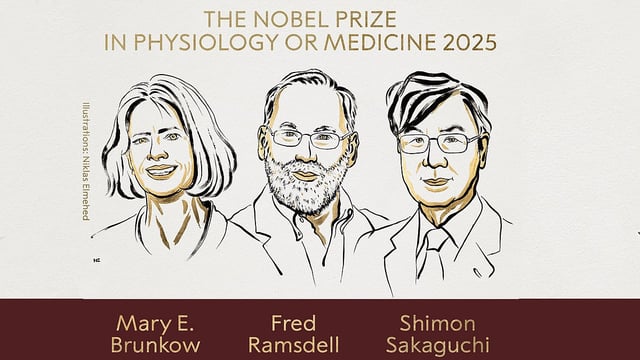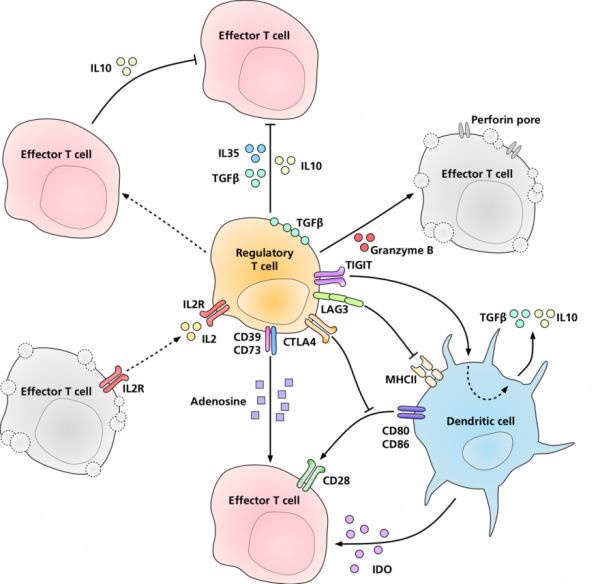Overview
- The laureates — Mary E. Brunkow, Fred Ramsdell, and Shimon Sakaguchi — will share 11 million Swedish kronor for work that established regulatory T cells as essential brakes on autoimmunity.
- In 1995, Sakaguchi identified regulatory T cells, and in 2001 Brunkow and Ramsdell mapped Foxp3 mutations in mice and linked the human gene to the severe autoimmune disorder IPEX.
- By 2003, Sakaguchi demonstrated that Foxp3 controls regulatory T cell development, uniting the genetic and cellular discoveries and redefining immune tolerance beyond the thymus.
- The Nobel Committee emphasized ongoing trials that expand or infuse regulatory T cells for autoimmune disease and transplantation, while cancer studies test strategies to reduce Treg activity to strengthen anti-tumor responses.
- Experts note there are no approved Treg-based therapies yet, but early-stage studies are advancing for conditions such as rheumatoid arthritis, systemic lupus erythematosus, and type 1 diabetes.

